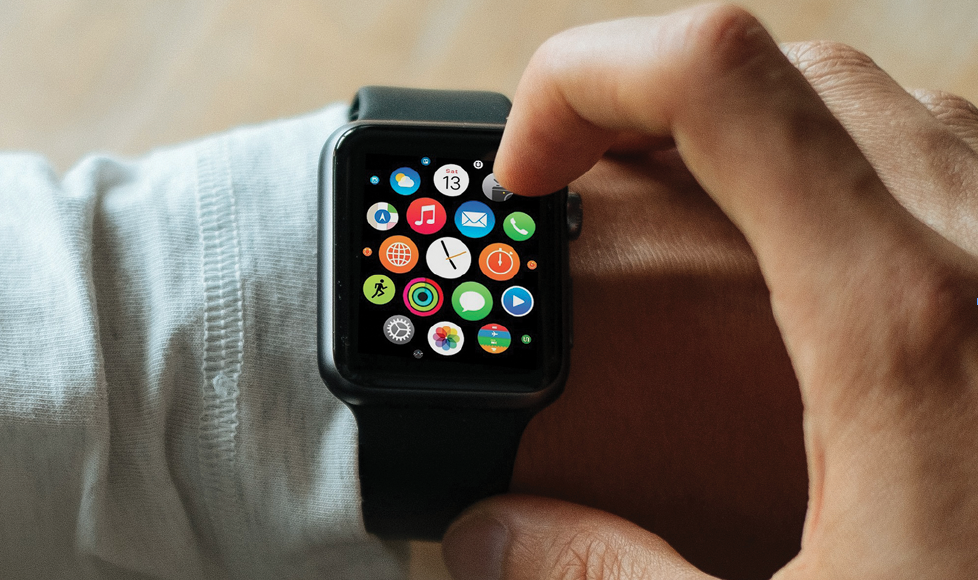By Lindsey Bell
Sensors Predict Illness Before You Feel Sick
Researchers at Stanford University School of Medicine conducted a study on 60 participants using wearable sensors (such as fitness monitors and smart watches) that are currently available for purchase. Their research led them to conclude that these sensors can now be used to predict illnesses in people before they even show symptoms.
One participant in the study, while traveling for a family vacation and wearing the sensors, noticed his oxygen levels dropped and his heart rate increased during a flight. At first he didn’t think anything of it, but when the levels didn’t return to normal after arrival at his destination, he suspected something was wrong.
His suspicions were correct, and he was soon diagnosed with Lyme disease. He claims wearables helped with the diagnosis. With 50 million smart watches and 20 million other fitness monitors, it’s possible wearables will change healthcare by helping people catch illness earlier than ever before.
Baby Boxes Lower Risk of SIDS
Parents in New Jersey are among the first in America to have the opportunity to take home “baby boxes.” These boxes come filled with newborn essentials such as diapers and wipes, but they also double as baby beds. The hope is that these boxes will improve infant mortality rates by providing a safe place for babies to sleep during the first months of their lives.
The U.S. infant mortality rate is 23rd in the world and behind most industrialized countries. The boxes have shown to lower the risk of Sudden Infant Death Syndrome (SIDS). Finland has been using similar baby boxes for about 80 years and currently has the world’s lowest infant mortality rate.
Using Cardboard to Fight Homelessness
Tina Hovsepian grew up in Los Angeles and was bothered by the homelessness she saw. “I constantly witnessed homelessness,” she told UPROXX. “And it was always in the back of my head: Why does it have to be this way? Why are there people living on the streets?”
Hovsepian went on to study architecture at USC, but the struggles of the homeless community continued to weigh on her heart. She began developing portable shelters and found cardboard was a great material with which to build. It’s insulated, recyclable, and easy to find. She used the cardboard to create portable shelters and then beta tested them on the street—90 percent of those surveyed preferred her shelters to ones they were previously using.
Now Hovsepian runs an organization called Cardborigami, continuing to use cardboard to build beautiful structures for both homeless aid and disaster relief. She also creates jobs for homeless people through her company.
Eat Lunch—Help Someone in Need
“What if you could help someone who really needed it, just by eating lunch?” That’s the question Michael Solomonov, Steve Cook, and the team behind Federal Donuts have asked for years. Now they’ve made it happen at a nonprofit restaurant called Rooster Soup Company in Philadelphia.
Customers who dine at Rooster Soup Company know that by eating there, they are helping provide meals and social services to Philadelphia residents who are struggling to make ends meet—100 percent of the profits from Rooster Soup Company go to charity. Here’s how it works: A restaurant called Federal Donuts that serves coffee, donuts, and fried chicken donates leftover chicken parts to Rooster Soup Company. Rooster Soup Company then uses these parts to make chicken broth for their restaurant. All of the profits then go to Broad Street Ministry, which provides meals and other services to struggling residents in Philadelphia.
Melissa Wuske is a freelance editor and writer. She and her husband, Shawn, live and minister in Jamaica Plain, Massachusetts. Find her work online (melissaannewuske.com).



Comments: no replies